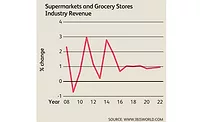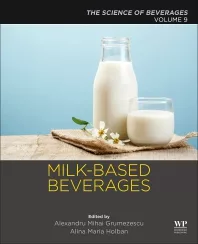Best practices document released for bottled water
Guidance document presented in 5 topic categories
To promote responsible water stewardship and sustainability, the bottled water industry has released a water-use best practices guidance document. The purpose of the report is to help ensure that the producers of bottled water continue their successful efforts to be good stewards of the environment, the International Bottled Water Association (IBWA), Alexandria, Va., announced.
“For years, bottled water manufacturers have implemented rigorous water stewardship practices in order to protect, maintain and preserve their water resources,” said Joe Doss, IBWA president and chief executive officer, in a statement. “The bottler members of IBWA have now shared their best practices with us, and this document provides a comprehensive framework for water stewardship for the bottled water industry.”
The IBWA Best Practices Framework Guidance document was produced by Antea Group (an independent third-party consultant) based on a water stewardship and best practices survey, key points from the Ceres Aqua Gauge framework, and common best practice examples from beverage industry experts. Antea Group collected data from 86 IBWA member plants representing 31 companies that account for approximately 70 percent of the annual bottled water produced in the United States, by volume, Doss said.
The best practices framework is presented in five topic categories:
- equipment check/process controls
- meter use/water mapping
- water recycling/reuse
- training/education
- supply monitoring/management
The best practices document is designed for all bottled water companies to use — regardless of production size, location, and/or development stage of their water stewardship program, the IBWA states. Key aspects of each best practice were divided into three approach categories: initial, advanced and leading, he said.
“IBWA members can use the information contained in this study to evaluate their current water stewardship practices against others in the industry and identify opportunities for improvement or outreach,” Doss said.
IBWA member bottlers also can consider the following:
- Take additional steps, such as impact assessments on facility water use, to better understand operational impacts on local water resources.
- Use the publicly available water tools as a starting point to evaluate water vulnerabilities.
- Reach out to fellow IBWA members to share more detailed information on evaluating, implementing and measuring the success of best practice implementation.
Bottled water already has one of the lowest water- and energy-use footprints of all packaged beverages. On average, just 1.32 liters of water (including the 1 liter of water consumed) and 0.24 mega joules of energy are used to produce 1 liter of finished bottled water, he says.
In addition, bottled water accounts for just 0.01 percent of all water used in the United States, IBWA states.
“Even though the bottled water industry uses a very small amount of water and is only one of thousands of food, beverage, and other commercial water users, we actively support comprehensive water management policies that are science-based, multi-jurisdictional, treat all users equitably and provide for future needs of this important resource,” Doss said.
Looking for a reprint of this article?
From high-res PDFs to custom plaques, order your copy today!







